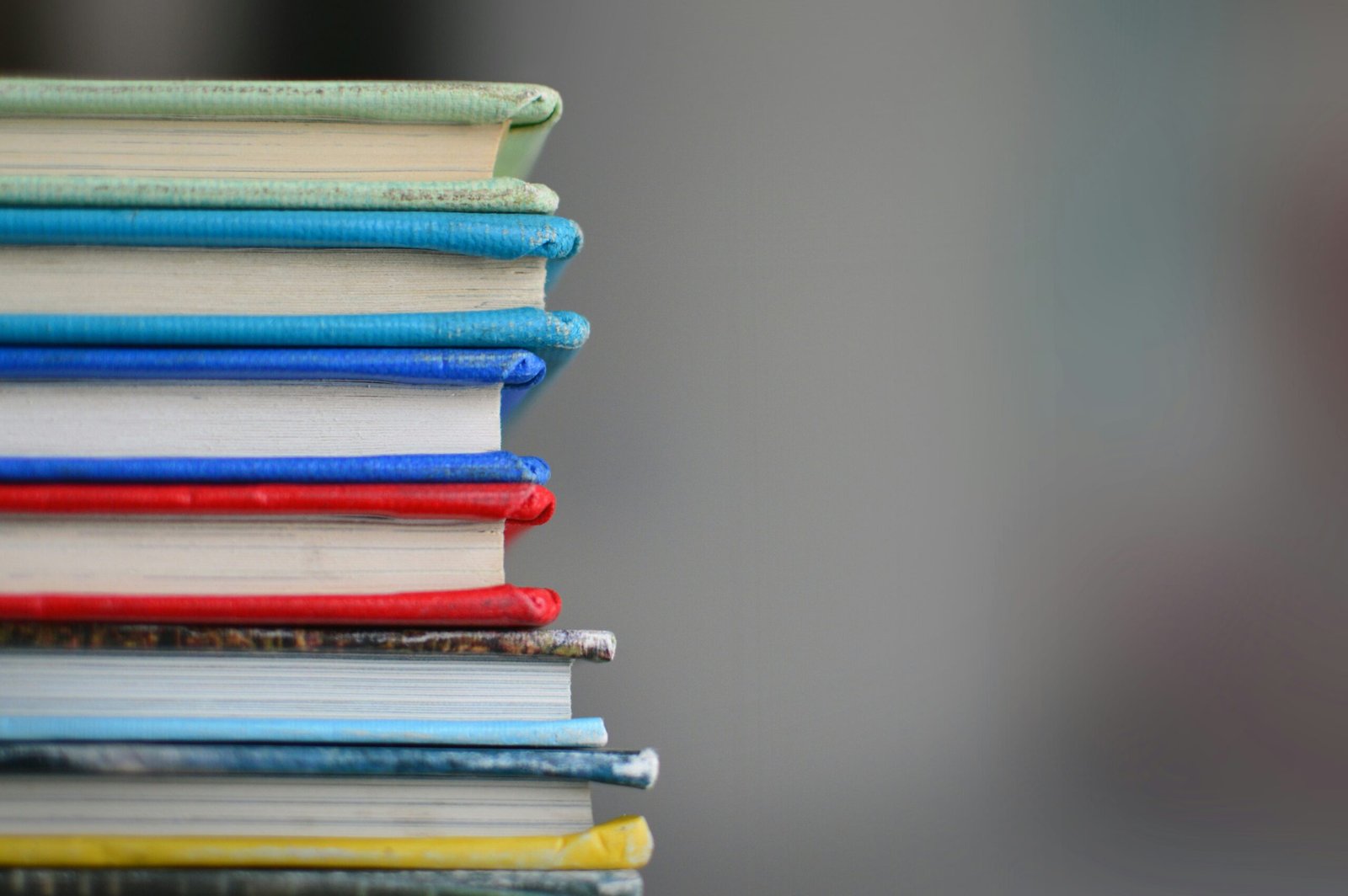
Blending Tradition with Innovation in Education
In today’s rapidly changing world, it is essential for education systems to adapt and evolve. The traditional methods of teaching and learning that have been in place for centuries are no longer sufficient to prepare students for the challenges they will face in the future. However, it is equally important to recognize the value of tradition and incorporate it into innovative approaches to education. By blending tradition with innovation, we can create a holistic and effective learning experience for students.
Tradition has its roots in the wisdom and knowledge passed down through generations. It encompasses the tried and tested methods of teaching that have stood the test of time. These methods often include direct instruction, textbooks, and teacher-led classroom activities. While these traditional approaches have their merits, they can sometimes be rigid and fail to engage students fully.
On the other hand, innovation in education involves embracing new technologies, pedagogical approaches, and learning environments. It encourages creativity, critical thinking, and problem-solving skills. Innovative teaching methods can include project-based learning, online platforms, virtual reality, and gamification. These approaches aim to make learning more interactive, personalized, and relevant to students’ lives.
By blending tradition with innovation, we can harness the strengths of both approaches and create a dynamic learning environment. For example, incorporating technology into traditional teaching methods can enhance student engagement and understanding. Interactive whiteboards, educational apps, and online resources can supplement traditional teaching materials and provide students with additional opportunities for exploration and practice.
Furthermore, blending tradition with innovation allows for a more personalized learning experience. Traditional teaching methods often follow a one-size-fits-all approach, where all students are expected to learn at the same pace and in the same way. However, innovative approaches recognize that each student has unique learning styles, interests, and strengths. By incorporating personalized learning strategies, such as adaptive learning software or individualized project assignments, educators can cater to the diverse needs of their students and promote a deeper understanding of the subject matter.
Moreover, blending tradition with innovation promotes the development of essential 21st-century skills. While traditional teaching methods focus on imparting knowledge, innovative approaches emphasize skills such as collaboration, communication, creativity, and critical thinking. By combining the two, students can acquire not only the foundational knowledge but also the skills necessary to thrive in the modern world.
In conclusion, blending tradition with innovation in education is crucial to meet the evolving needs of students in today’s rapidly changing world. By integrating the wisdom of tradition with the opportunities provided by innovation, we can create a holistic and effective learning experience. This approach allows for personalized learning, fosters the development of essential skills, and prepares students for the challenges they will face in the future. It is through this blending of tradition and innovation that we can truly empower students to become lifelong learners and successful contributors to society. This connection to tradition also fosters a sense of belonging and community within educational institutions. Students and teachers alike can come together to celebrate and participate in traditional events, such as annual festivals, graduation ceremonies, and academic competitions. These events not only provide opportunities for students to showcase their talents and achievements but also create a sense of unity and camaraderie among the participants.
Furthermore, tradition in education plays a crucial role in shaping the moral and ethical values of students. Many traditional educational practices emphasize the importance of virtues such as discipline, respect, and integrity. Through the study of traditional texts and teachings, students are exposed to timeless wisdom and ethical principles that guide their behavior and decision-making. This helps to cultivate a strong moral compass and prepares them to navigate the complexities of the modern world with integrity and compassion.
In addition, tradition in education serves as a foundation for innovation and progress. While it is important to embrace new technologies and teaching methods, it is equally important to build upon the knowledge and experiences of the past. Traditional educational practices provide a solid framework upon which new ideas and approaches can be developed. By understanding the principles and theories that have shaped the field of education, teachers and researchers can build upon this foundation to create innovative and effective strategies that meet the needs of today’s learners.
However, it is important to note that tradition in education should not be stagnant or resistant to change. As society evolves, so too must our educational practices. While tradition provides a valuable framework, it is essential to adapt and incorporate new ideas and approaches that reflect the changing needs and demands of students and the world they will enter upon graduation.
In conclusion, tradition in education serves as a pillar of stability and cultural identity. It connects students to their roots, fosters a sense of community, shapes moral values, and provides a foundation for innovation. By embracing tradition while also remaining open to change, educational institutions can create a balanced and dynamic learning environment that prepares students for success in an ever-changing world. In today’s digital age, where information is readily available at our fingertips, traditional teaching methods that rely solely on textbooks and lectures are becoming outdated. Students need to develop critical thinking, problem-solving, and collaboration skills to navigate the complexities of the modern world. Innovation in education can provide students with opportunities to develop these skills through interactive and experiential learning.
One way innovation can be incorporated into education is through the use of technology. With the rise of smartphones, tablets, and laptops, students are increasingly connected to the digital world. Integrating technology into the classroom can enhance the learning experience by providing access to a wealth of resources, allowing for personalized learning, and fostering creativity. For example, virtual reality can transport students to different time periods or countries, providing a hands-on experience that goes beyond what traditional textbooks can offer.
In addition to technology, innovative teaching methods can also play a significant role in education. Collaborative learning, for instance, encourages students to work together in groups, fostering communication and teamwork skills. Project-based learning allows students to apply their knowledge to real-world problems, promoting critical thinking and problem-solving abilities. By incorporating these methods, educators can create a more engaging and interactive learning environment that better prepares students for the challenges they will face in their future careers.
Furthermore, curriculum design needs to adapt to the changing needs of society. The rapid pace of technological advancements means that certain skills, such as coding and data analysis, are becoming increasingly important. By integrating these skills into the curriculum, educators can ensure that students are equipped with the tools they need to succeed in the digital age. Additionally, a focus on interdisciplinary learning can help students make connections between different subjects and develop a holistic understanding of the world.
In conclusion, innovation in education is essential to meet the demands of the 21st century. By embracing new technologies, teaching methods, and curriculum design, educators can create a dynamic and engaging learning environment that equips students with the skills they need to thrive in the modern world. It is imperative that we continue to innovate in education to ensure that our students are prepared for the challenges and opportunities that lie ahead.
4. Flipped Classroom
The flipped classroom model is another innovative approach that can be blended with tradition to enhance the learning experience. In a traditional classroom, students listen to lectures and take notes during class time, and then complete homework assignments independently at home. However, in a flipped classroom, the traditional model is reversed.
In a flipped classroom, students are introduced to new concepts and materials outside of class time through pre-recorded videos, online readings, or interactive modules. They can access these resources at their own pace and review them as many times as needed. Class time is then used for active learning activities, such as discussions, group work, and hands-on experiments.
The flipped classroom model allows students to engage with the material before coming to class, which prepares them for deeper discussions and application of knowledge. It also allows for more individualized attention from the teacher, as they can provide guidance and support during class activities. This approach promotes higher-order thinking skills, collaboration, and problem-solving abilities.
5. Global Collaboration
In today’s interconnected world, it is essential for students to develop global competencies and cultural awareness. Blending tradition with innovation can provide opportunities for students to collaborate with peers from different parts of the world, fostering a sense of global citizenship.
Through online platforms, video conferencing, and virtual exchange programs, students can engage in collaborative projects with their counterparts in other countries. They can work together on research projects, cultural exchanges, and problem-solving activities. This not only enhances their understanding of different cultures and perspectives but also develops their communication, teamwork, and leadership skills.
By blending tradition with innovation in education, we can create a learning environment that is dynamic, engaging, and relevant to the needs of today’s learners. It allows us to build upon the strengths of traditional education while harnessing the power of technology and innovative approaches. This combination of tradition and innovation prepares students for success in a rapidly changing world and equips them with the skills and knowledge needed to thrive in the 21st century.
